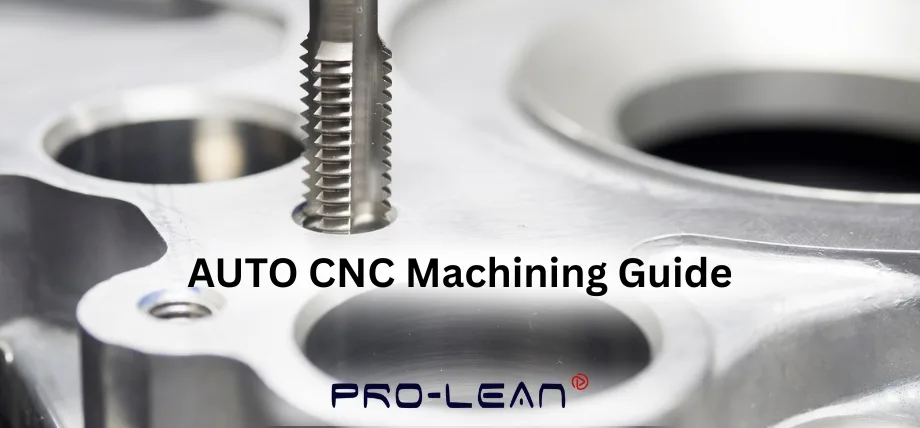
CNC threading on a car part
Consistency, along with speed, is essential in auto CNC machining. Current production requires parts of good quality with close dimensional tolerance that can withstand vehicle loadings.
CNC machining is now a primary production practice. It helps automotive firms fulfill such needs and maintain pace and size.
CNC machining in automotive applications is essential for prototype work and large runs. This blog teaches you about the precision manufacturing of automotive parts using CNC machines.
What is a CNC Machine?
A CNC machine, or Computer Numerical Control, automates machining operations like cutting, drilling, milling, and turning. CNC machines rely on automatic cutting tool control using a small microcontroller on board and movement instructions generated from CAM software.
Various CNC machines, such as milling machines, turning centers, and 5-axis CNC machining setups, can be used.
The selection is based on the parts’ complexity and the right material. Because machining is a subtractive process, CNC removes material from a solid workpiece.
The Automotive Industry

The automotive industry
The automotive sector encounters constant demands for production, shortened development cycles, and consistent results.
Whether the focus is on internal combustion engines, electric vehicles, or modern driver assistance systems (ADAS), car builders require exact auto parts that endure severe conditions.
Because of this need, CNC machining is critical to automotive production, mainly when intricate parts must satisfy firm requirements during both prototyping and full-scale runs.
CNC Machining in Automotive Manufacturing
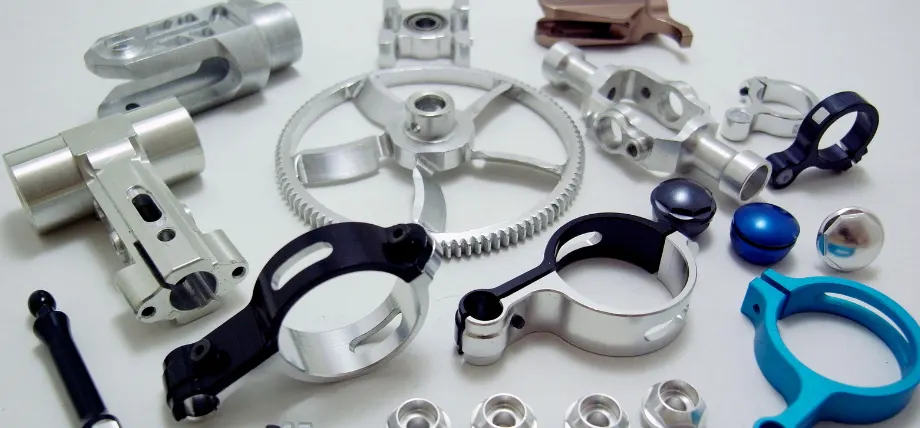
Auto CNC Machined Parts: aluminum nuts, gears and clamps
CNC machining supports automotive businesses by producing consistent parts and attaining close dimensional tolerance throughout extensive production cycles.
Often, using automotive steel provides excellent adaptability and production speed for components like the cylinder head.
Because automotive parts are becoming more intricate, particularly in electric and hybrid vehicles, machining technology is important for productively forming light, sturdy elements.
Try Prolean Now!
Automotive CNC Machining: Key Applications
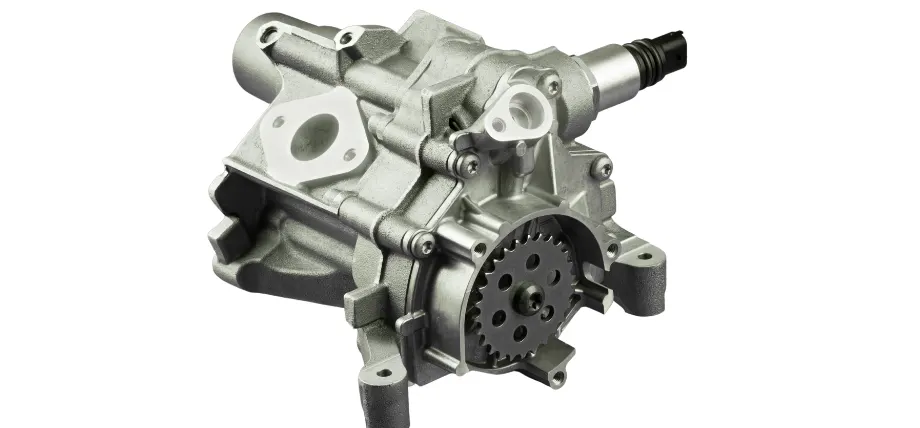
Engine block
CNC machining applications in automotive extend across the entire vehicle system, from combustion engine parts to interiors. Major applications include:
- Cylinder heads and blocks
- Transmission housings
- Suspension components
- Interior panels and trim
- Lighting components like headlights for rapid prototyping to check fitting.
- Starter motors and alternator housings
Manufacturers guarantee that every automotive piece fulfills demanding mechanical, thermal, and appearance needs through CNC use, sometimes using automotive pastic parts for brackets, bushing and housings.
Prototype Development Using CNC Machining
For prototype work, CNC machining allows engineers to assess fit, function, and production practicalities before full production, unlike 3D printing, which is better for visuals.
CNC creates intricate prototypes from production materials. This guarantees function tests in actual conditions. Cylinder heads, manifolds, and brackets can easily and quickly be produced using CNC.
Production Applications of CNC Machining for Auto Parts
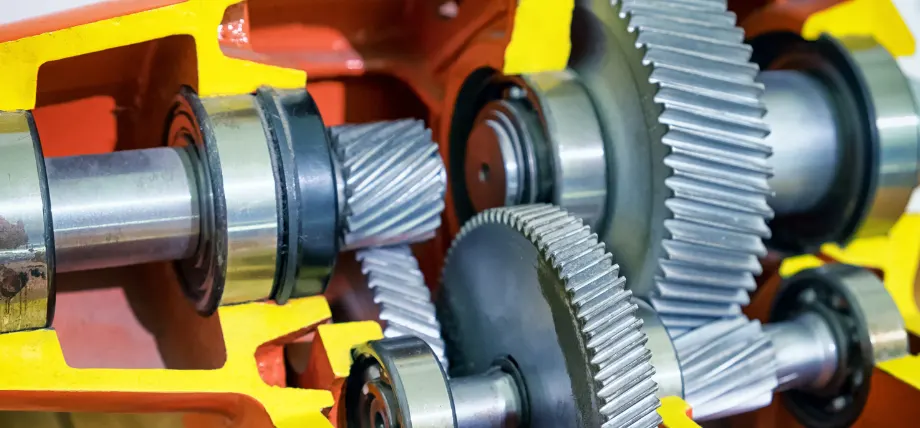
Gearbox
CNC machining finds use not only in rapid prototyping but also in production applications. Among auto parts made using this method are
- Gearbox components
- Brake system elements
- Steering knuckles
- Engine blocks
- Vehicle parts connected to wheels or drivetrains
Automotive machining operations involving many parts use machining centers with various CNC machines. This allows for an increase in volume without lowering accuracy and build quality especially for components like system steering parts.
Advantages of CNC Machining for Automotive Parts
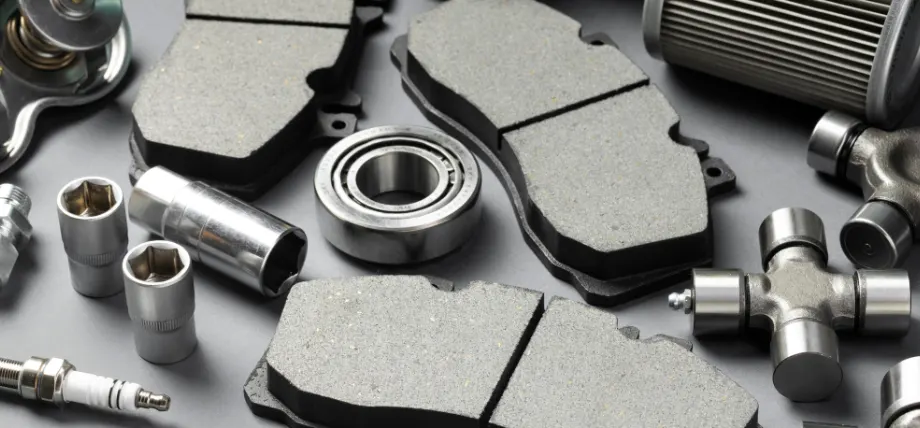
CNC machiend parts in automotive manufacturing
High-Quality CNC Machined Parts
Auto CNC machining produces components that can handle mechanical stress, heat expansion, and rust. CNC machining delivers good accuracy and build quality, which is important when connecting parts for safety.
Because CNC systems operate with small tolerance ranges (down to ±0.001 mm ), manufacturers can trust that each part closely resembles others.
Precision and Quality Control in Automotive Machining
In addition to careful inspection methods, a standard part of CNC machining work, check the size at all production phases. Methods like automated in-line measurement further improve similarity across machined components, supporting metal stamping precision.
Efficiency
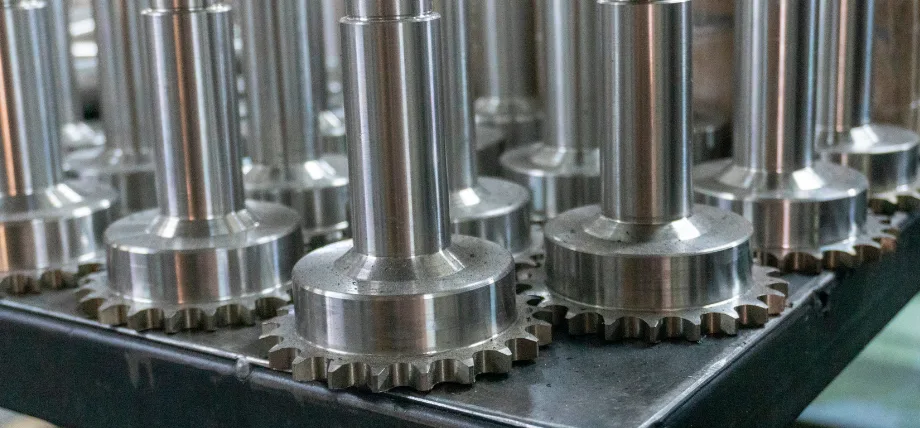
Gears with shafts
CNC machining manages high production quantities with little worker attention, but still requires operator setup, tool changes and some oversight. This raises output and lowers employment expenses, which is essential in the car business.
Design Flexibility for Complex and Custom Parts
The capability of CNC to create complicated shapes supports the easy fabrication of customized pieces. If engineers plan novel cabin pieces for battery-powered cars or refine starting motors, CNC systems easily manage complex shapes and internal voids.
Wide Material Compatibility for Automotive Needs
CNC machining is capable of handling a wide range of materials, including:
- Aluminum
- Titanium
- Steel alloys
- Plastics like PEEK and PTFE
- Materials such as acrylic glass for lenses and interior lighting
This broad compatibility ensures that structural and aesthetic automotive components can be fabricated.
Enhanced Durability and Surface Finish Quality
Surface finishes from CNC milling or turning give essential performance gains, such as decreasing friction or increasing wear resistance. Good surface quality increases the lifespan of moving car parts.
Anodizing, polishing, and plating increase how well parts withstand corrosion and enhance their appearance.
Try Prolean Now!
CNC Machining Capabilities for Automotive Applications
Different Types of CNC Machines Used in Automotive Manufacturing
Several different types of CNC machines are used, each offering unique advantages:
- CNC milling process makes flat surfaces and slots.
- CNC turning centers create round shapes.
- Five-axis CNC machining produces complicated shapes with many angles.
- CNC laser cutting and stamping make sheet metal parts in the automotive industry.
Various CNC machines complete work in automotive manufacturing. Each has different benefits.
Machining Technology for Complex Automotive Parts
Machining technology gives engineers the ability to simulate toolpaths using digital tools. This reduces errors plus optimizes how parts get cut.
Capabilities such as tool wear compensation and real-time monitoring help keep production active. They also lower the amount of scrapped material.
CNC Machining Services for Custom Auto Parts
Outsourced CNC machining services allow vehicle businesses fast access to specific skills. It happens without extensive monetary investment.
This is useful for vehicle applications with small production volumes or projects with limited runs because flexibility is important.
Machining for the Automotive Industry: Challenges and Solutions
Meeting Demand for High-Quality Machined Parts
Automotive part manufacturing seeks to satisfy customer demand for quality while adhering to tightening rules. Accurate parts require methods like immediate assessment and responsive regulation.
Overcoming Complexity in Automotive Part Design
Automotive machining addresses the difficulty in part layouts as autos use smaller, lighter, and more complex components. Automotive CNC machining manages factors like
- Complex internal cooling channels
- Lightweight designs requiring thin walls
- Composite material integration
5-axis systems and multi-tasking machines make it feasible to produce parts that would otherwise be impossible compared to traditional machining.
Ensuring Consistency in CNC Machining for Automotive
Consistency involves thousands of units, not only the first one. Automated loading systems, robotic cells, and predictive maintenance applied to the machining centers help to match each part precisely to the final product specifications.
Expanding Auto CNC Machining
CNC milling for automotive parts helps keep up with speed, customization, and quality requirements.
Improved CAM software using artificial intelligence and integration with smart factories will permit CNC machining to satisfy automotive application requirements in the future.
Automotive manufacturing remains dynamic and inventive because CNC is used for starter motors, interior panels, cylinder heads, and lighting components.
Automakers thoughtfully use CNC machining. The result is safer vehicles with better gas mileage that can be sustained over time. In this way, the promises of transportation in the future are achieved.
CNC Machining For Automotive Parts
Prolean-tech provides CNC milling services, CNC turning, multi-axis machining, and surface finishing services for close-tolerance automotive parts.
Prolean-Tech excels at low and high-volume plastic and metal parts production with modern techniques like 3D printing for automotive parts, injection molding, casting, and subtractive machining.
Visit our machined part gallery to tour our state-of-the-art CNC machining centers.
FAQ
-
How Does the Cost of CNC Machining Compare to Other Automotive Part Production Methods?
CNC machining is a cost-effective and versatile solution for producing automotive parts compared to other methods. It offers flexibility in producing small quantities and intricate geometries. It can produce high-quality parts, achieving tight tolerance, and shorten the finishing process.
-
How can CNC machining be used to produce small quantities of custom auto parts?
CNC machining is cost-effective due to reduced labor costs and waste, as it can work with a variety of materials. Additionally, it allows the production of complex geometrical designs, making it essential in custom auto parts.
-
How can CNC machining create complex geometries and shapes for auto part fabrication?
CNC machining has multi-axis capabilities, which allow it to move cutting tools in multiple directions with precision
-
How does CNC machining affect the lead time and cost of producing car parts?
CNC machining can quickly prototype new part designs, and depending on the complexity and availability of materials, this can be done in a few hours to a few days.
For low and high volume production, the costs are lowered as the volume increases, and the consistency in part tolerances produces identical parts, reducing discard rates and costs even more.
-
How is CNC Machining Used for Prototyping in the Automotive Industry?
Precision CNC machining and high volume production using CNC allows the creation of complex geometries and tight tolerances such as those required for engine block assemblies and threads.
-
What is Automotive Machining?
Automotive machining refers to using subtractive machining and cutting tools to produce automotive parts. Sometimes, these processes can also be surface finishing and coatings.

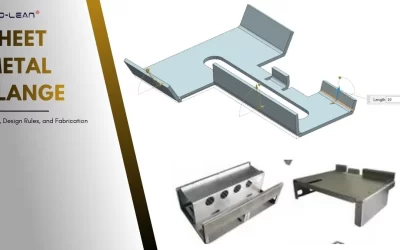
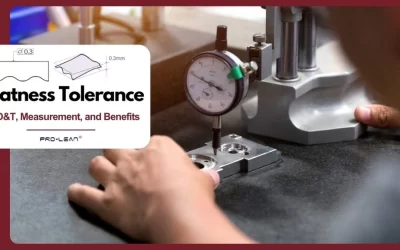
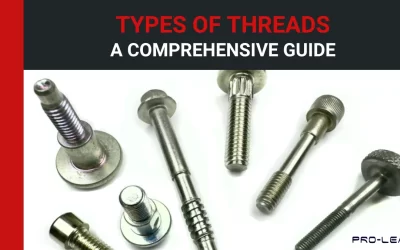
0 Comments